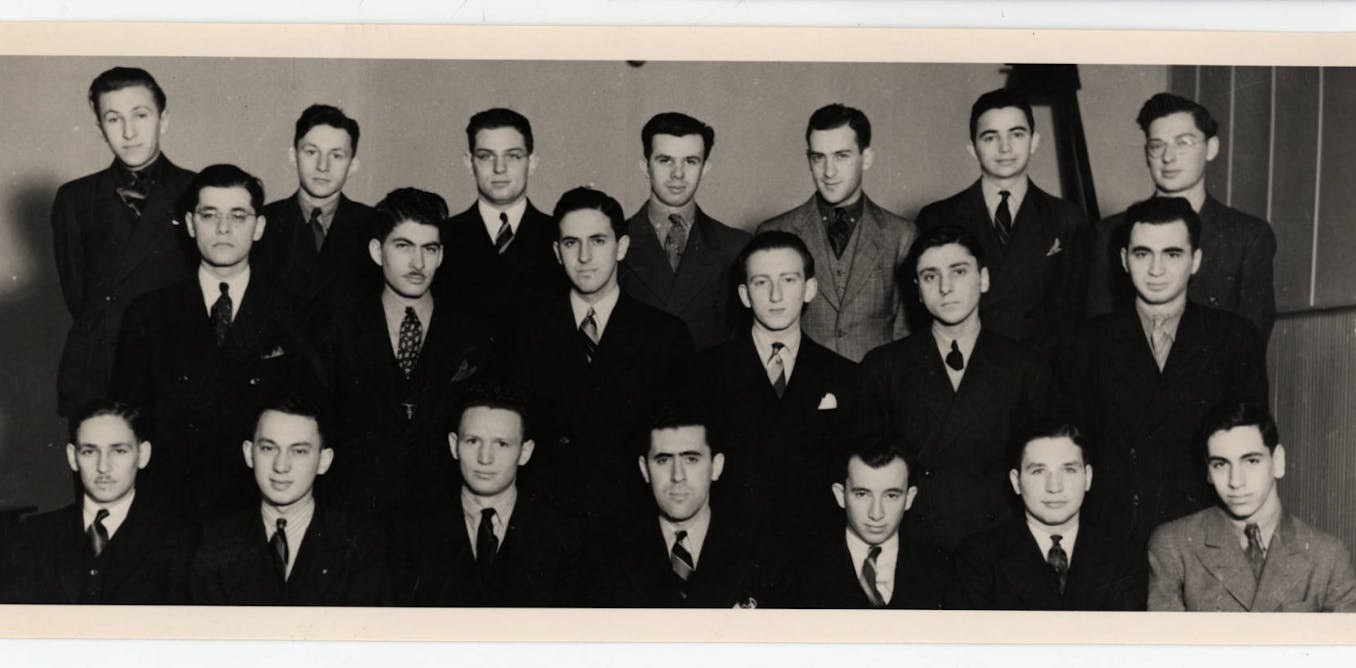Education
How community colleges kept students engaged during and after the pandemic
When the COVID-19 pandemic hit, it prompted enrollment drops at community and technical colleges. But it also spurred the schools to innovate in an effort to better serve students who might otherwise fall through the cracks. Xueli Wang, a professor of higher education at the University of Wisconsin-Madison, captures some of the steps that community colleges took in her newly released book, “Delivering Promise: Equity-Driven Educational Change and Innovation in Community and Technical Colleges.” She expounds on a few examples in the below Q&A.
How did the pandemic change community colleges and technical colleges?
The pandemic prompted the schools to tackle some long-existing challenges. One of the things they began to do was form new partnerships with four-year colleges and universities.
In the state of Wisconsin, for example, the Wisconsin Technical College System and the University of Wisconsin System came together in 2021 to create the Universal Credit Transfer Agreement. The agreement outlines a core set of courses — up to 72 credits — that transfer within the two systems. This makes it easier for students, especially those who are not certain about what they want to study, to transfer from one system to the other, or more easily take classes in both systems as they figure it out. Before the pandemic, the systems were viewed as two separate ones with few options for transfer between them.
The transfer agreement happened in part because of steady enrollment declines over the years, which reached a breaking point when the pandemic hit and enrollment dropped 10% for the Wisconsin Technical College System and about 5% for the University of Wisconsin System.
This partnership was also facilitated in part by a shared focus on the welfare of students. As described by one educator: “This is the time to support students in their educational aspirations.” Previously, she said, administrators and educators in the two systems saw students as clients of either one system or the other. Now, she says, they have more of a sense of collective responsibility in serving them.
What other innovations took place?
One of the most striking involves efforts to create more holistic supports that address the range of challenges for students. These can include informational, financial and personal challenges.
A good case in point is the Student Resource Center at a community college in North Carolina. As with all schools in the book, I keep the identity of the school anonymous as part of the research protocol. Established by a team of officials from various units – such as financial aid, admissions and advising – the center’s purpose is to grant students greater access to support services. The center is led by a vice president and chief student services officer.
The center has everything students need in one place: a library, bookstore, food pantry, financial aid advising, course advising, admissions and registration. The center also has workstations for staff to connect with students, whether online or in person, and guide them to the support they need.

This innovation allowed the college to direct more students to nearby resources, even those most unlikely to seek help.
What’s the most interesting story that you found?
It would have to be the Science Pathway Program at Midwest Technical College – a pseudonym for one of the schools I mention in my book.
It was a program that embraced the idea that Education is not a transaction, but seeks to develop the whole person. Yes, they prepare students for the workforce, but they also teach them how to use the Science they learn in their everyday experience. For example, students can take their Science learning and apply it to other courses by searching and interpreting information, as well as see the iNFLuence of Science on decision-making in areas like Politics, the economy and society.
To prepare students for employment, instructors work with industry partners so they are ready for careers like lab technicians. They may also prepare for careers in quality assurance in food, agricultural, chemical manufacturing and other fields.
On the education side, students take Organic Chemistry I and II. Completing these courses enables students to move into upper-level coursework in biological, chemical, environmental and other science majors. When students complete the program, they can transfer to one of the three public four-year institutions in the state to pursue their bachelor’s degree. Or they can directly enter the workforce.
The program boasts of higher-than-average graduation rates compared to other programs. Perhaps more importantly, graduates have a 100% employment rate in their field of study.
-
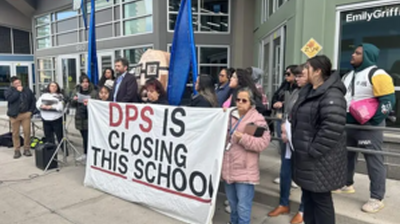
 Education1d ago
Education1d agoParents, lawmakers make last-ditch plea to school board to halt Denver closures
-
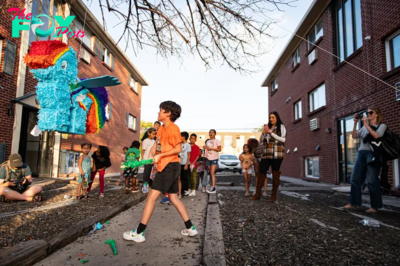
 Education5d ago
Education5d agoColorado schools commit to protecting students ahead of potential mass deportation
-

 Education1w ago
Education1w agoSocioeconomic status explains most of the racial and ethnic achievement gaps in elementary school
-

 Education1w ago
Education1w agoMothers, metaphors and dyslexia: What language reveals about the challenges of a child’s learning disability
-

 Education1w ago
Education1w agoBrain-training games remain unproven, but research shows what sorts of activities do benefit cognitive functioning
-
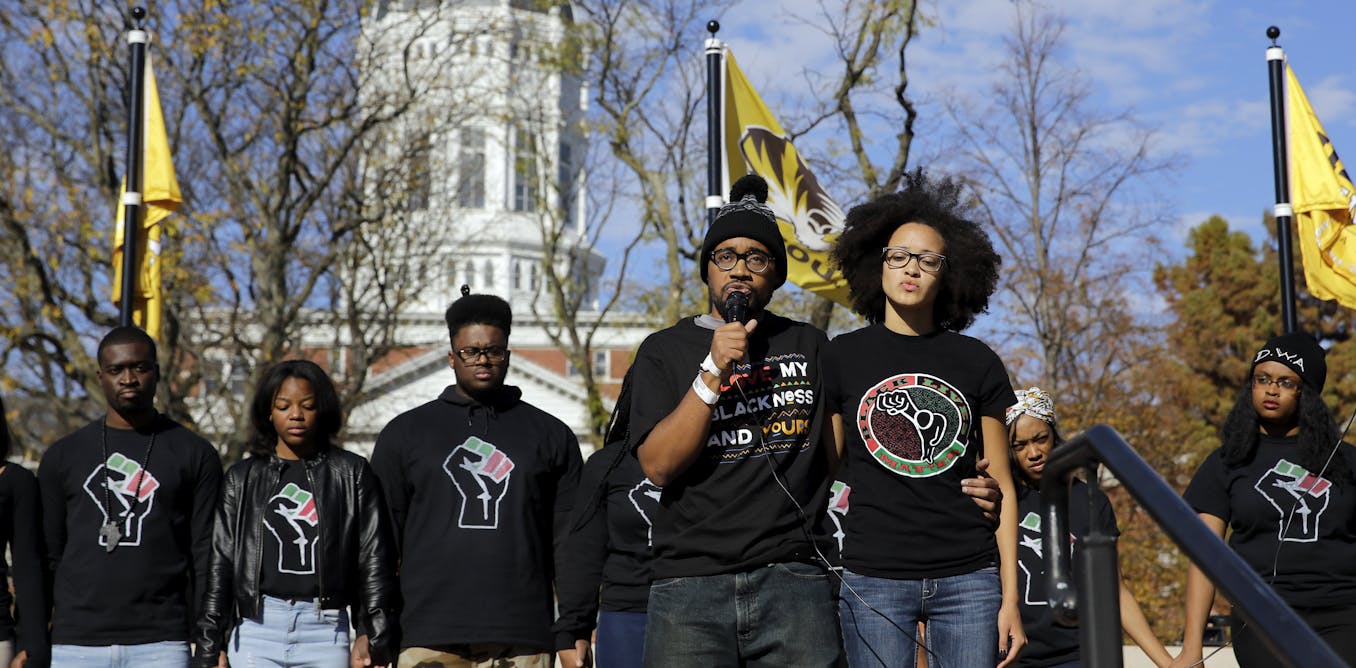
 Education1w ago
Education1w agoRacism is such a touchy topic that many US educators avoid it – we are college professors who tackled that challenge head on
-

 Education1w ago
Education1w agoHere’s what happens when a school is located near a cannabis dispensary
-
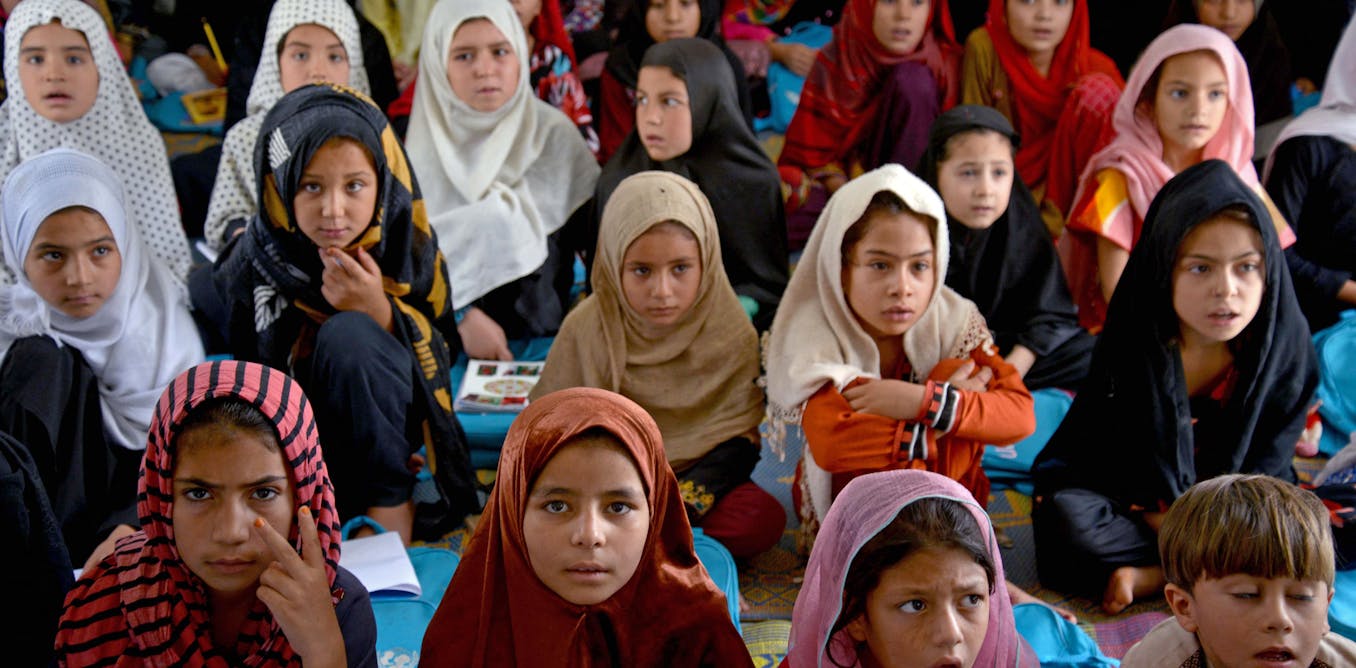
 Education1w ago
Education1w agoHow the Taliban are seeking to reshape Afghanistan’s schools to push their ideology





